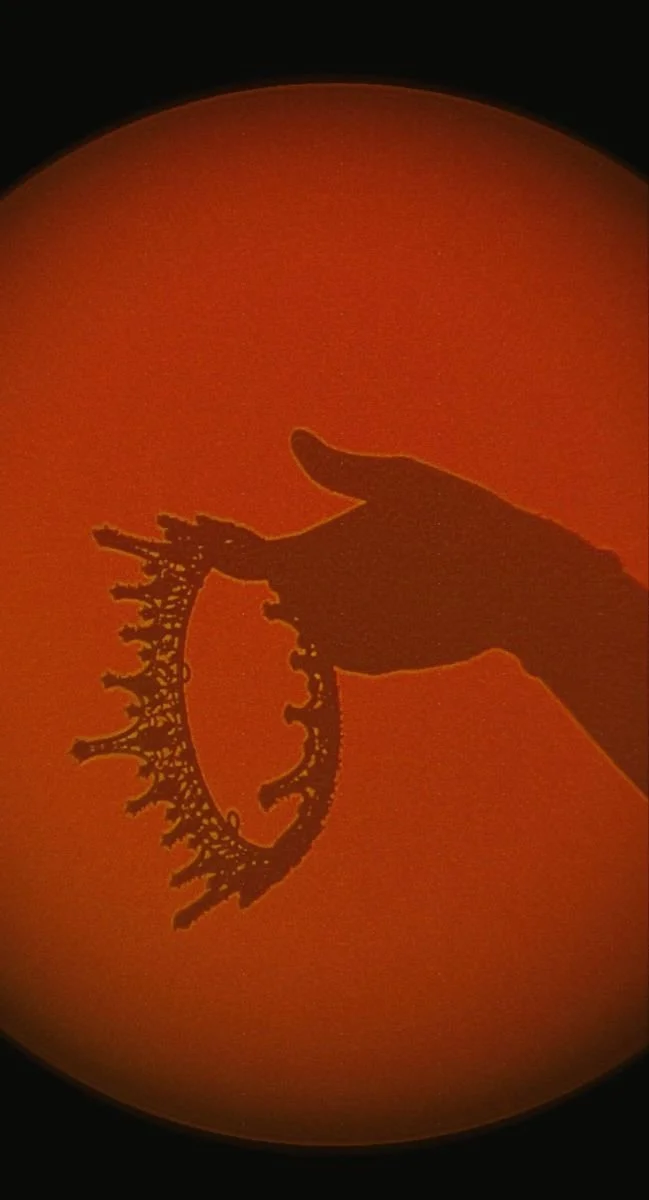 Image 1 of 2
Image 1 of 2

 Image 2 of 2
Image 2 of 2



Queen Anne's Lace Seed
Botanical Name: Daucus carota
Common Names: Queen Anne’s Lace, Wild Carrot
Queen Anne’s Lace is a lacy, flowering biennial native to Europe and Asia and now naturalized across North America. Closely related to the cultivated carrot, this wildflower has a long history of use in traditional herbalism, especially for supporting urinary and reproductive health. Its delicate, umbrella-like white flowers bloom in summer and are often used alongside the seeds, which have been valued for their aromatic and diuretic qualities.
Ways to Use:
Macerate the seeds and boil in decoction
Use the seeds in tincture for reproductive support
Incorporate dried flowers into spiritual or ritual baths
Precautions: Not for use in pregnancy. Queen Anne’s Lace may be confused with toxic look-alikes like poison hemlock—only source from trusted herbal suppliers. Consult a qualified healthcare provider before use, especially if pregnant, nursing, or on medications.
Price is per jar.
Botanical Name: Daucus carota
Common Names: Queen Anne’s Lace, Wild Carrot
Queen Anne’s Lace is a lacy, flowering biennial native to Europe and Asia and now naturalized across North America. Closely related to the cultivated carrot, this wildflower has a long history of use in traditional herbalism, especially for supporting urinary and reproductive health. Its delicate, umbrella-like white flowers bloom in summer and are often used alongside the seeds, which have been valued for their aromatic and diuretic qualities.
Ways to Use:
Macerate the seeds and boil in decoction
Use the seeds in tincture for reproductive support
Incorporate dried flowers into spiritual or ritual baths
Precautions: Not for use in pregnancy. Queen Anne’s Lace may be confused with toxic look-alikes like poison hemlock—only source from trusted herbal suppliers. Consult a qualified healthcare provider before use, especially if pregnant, nursing, or on medications.
Price is per jar.

